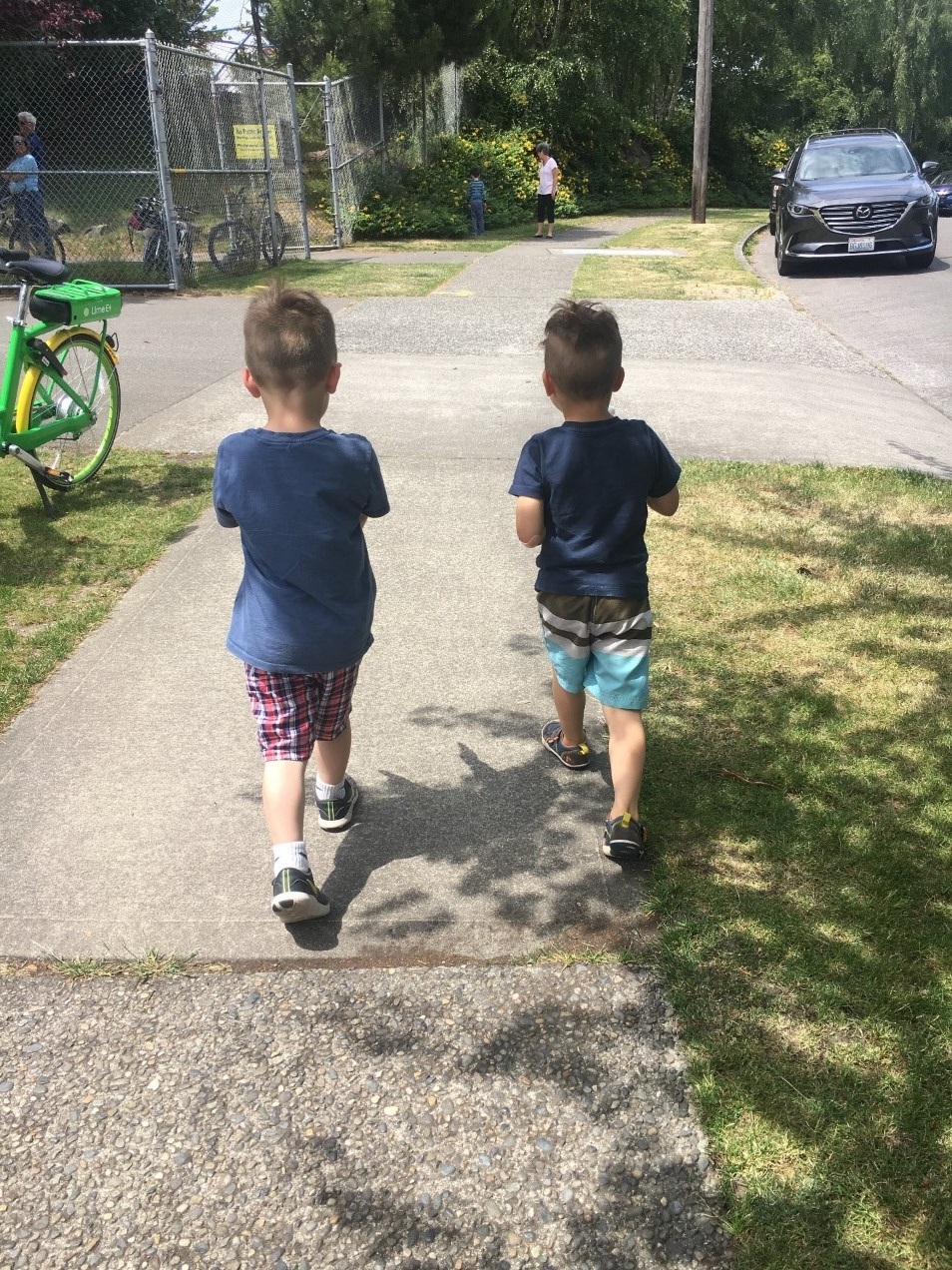- About Us
- Events & Training
- Professional Development
- Sponsorship
- Get Involved
- Resources
Variety Articles: The Future is All AgesBy Katie Cote, AICP - BHC ConsultantsThis past weekend my family headed to Sequim to help my father-in-law move. Sequim is known as a mecca for retirees. It boasts three golf courses for its 7,000 residents. I wondered, is Sequim a great place to grow old? For that matter, is it a great place to be a kid? It turns out, much of what appeals to aging populations is also important for kids. Both groups want access to recreation and might need ways to get around without a car. We want our communities to meet needs of all populations, young, old, and in between. Yet, as urban planners many polices tend to focus on addressing the needs of working age populations. As we dawn on a new decade of planning, let’s make this next ten years about all ages planning. How many of us think about our childhood selves when we craft new zoning codes or update comprehensive plans? Likewise, do we think today about making our communities accommodate our aging parents or ourselves as we grow old? Will it be possible for us to remain near our loved ones? Are there affordable and comfortable places to rent or buy if we choose to downsize? How will we navigate our neighborhood if we no longer drive?
My kids are privileged to live in Seattle where transit abounds and there is plenty to do and see. This privilege should not be something enjoyed only by children living in progressive cities. A recent City Lab article highlighted a study showing the importance of walkable cities to kids. The article “Kids Raised in Walkable Cities Earn More Money As Adults” said that young people who do not depend on cars to access school, work, and places to hang out, often skip buying a car when they are old enough, and put the money toward establishing economic stability. We owe it to our kids to create communities that nurture their successful futures. Simple zoning code fixes can show a preference for seniors and young people: protected pedestrian paths through large parking lots, placing parked cars behind buildings to allow entry directly from the sidewalk, and allowing mixes of uses nearby all housing types. For kids and families in particular we should incorporate functional outdoor play space into multifamily buildings and include larger units in transit-oriented developments. The state of Oregon, the City of Minneapolis, and the City of Seattle have all passed laws aimed at breaking-up vast expanses of single-family homes by allowing more duplexes and detached accessory units. This is a great start. We should also consider allowing small commercial uses in our low-density neighborhoods to serve everyday needs and provide destinations for kids to develop their independence. What I see in my work as a planning consultant, is that walkable and bikeable communities of the future won’t just be in cities. Planners in suburbs, small towns, and on reservations are seeking ways to add density and improve non-motorized infrastructure. We should commit to the strategic zoning changes needed to give kids safe places to walk or bike to and provide seniors options for housing and connections to the rest of the community. The benefits of good planning should be accessible to all ages and both urban and non-urban areas. Let’s commit to all ages planning in the decades to come. Return to the November/December issue of the Washington Planner |

 Not all of us are parents, but all of us were once kids. Growing up in 1980s Seattle, I got to ride my bike to a mini-market a mile from my house. At the age of 8 I learned to cross streets safely, navigate my neighborhood, and make purchases. This all was made possible because my single-family neighborhood was interspersed with small commercial uses. These types of formative experiences aren’t possible for kids growing up in single-use neighborhoods without sidewalks or “corner store” destinations.
Not all of us are parents, but all of us were once kids. Growing up in 1980s Seattle, I got to ride my bike to a mini-market a mile from my house. At the age of 8 I learned to cross streets safely, navigate my neighborhood, and make purchases. This all was made possible because my single-family neighborhood was interspersed with small commercial uses. These types of formative experiences aren’t possible for kids growing up in single-use neighborhoods without sidewalks or “corner store” destinations.